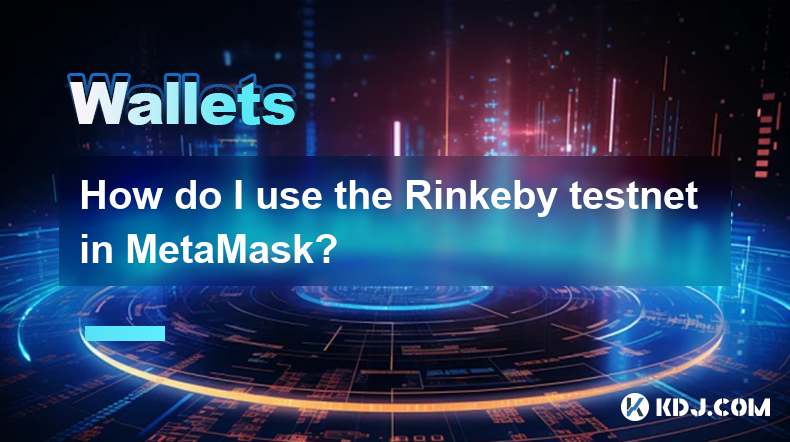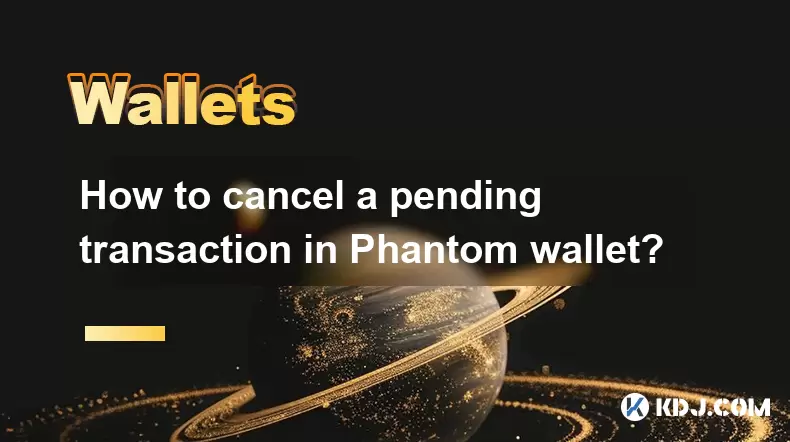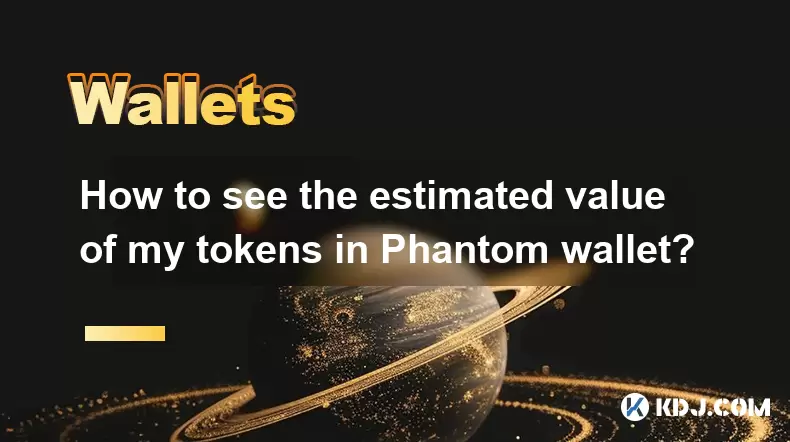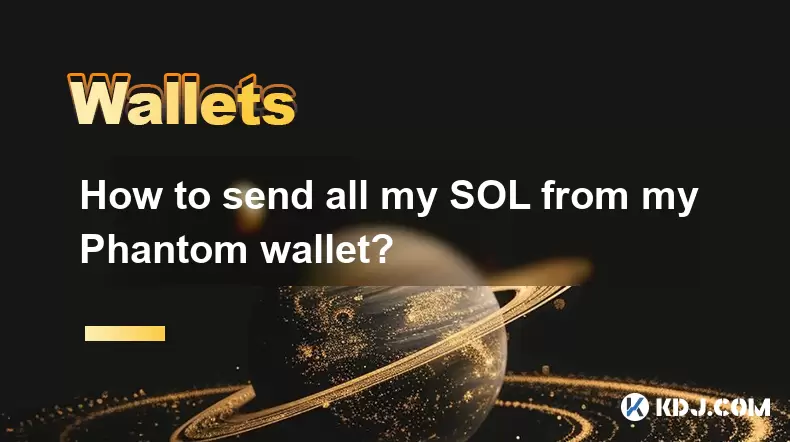-
 Bitcoin
Bitcoin $108,562.4295
0.46% -
 Ethereum
Ethereum $2,533.9553
1.52% -
 Tether USDt
Tether USDt $1.0002
-0.01% -
 XRP
XRP $2.2542
2.23% -
 BNB
BNB $662.4567
1.48% -
 Solana
Solana $151.4114
3.48% -
 USDC
USDC $0.9999
0.00% -
 TRON
TRON $0.2860
0.91% -
 Dogecoin
Dogecoin $0.1685
3.72% -
 Cardano
Cardano $0.5809
1.63% -
 Hyperliquid
Hyperliquid $39.2916
1.85% -
 Sui
Sui $2.8874
0.85% -
 Bitcoin Cash
Bitcoin Cash $496.5801
2.72% -
 Chainlink
Chainlink $13.3582
2.48% -
 UNUS SED LEO
UNUS SED LEO $9.0279
0.07% -
 Avalanche
Avalanche $18.0773
2.30% -
 Stellar
Stellar $0.2426
3.05% -
 Toncoin
Toncoin $2.9086
6.01% -
 Shiba Inu
Shiba Inu $0.0...01170
2.97% -
 Hedera
Hedera $0.1587
3.47% -
 Litecoin
Litecoin $87.4596
1.13% -
 Monero
Monero $317.0425
0.73% -
 Polkadot
Polkadot $3.3778
1.90% -
 Dai
Dai $0.9999
-0.01% -
 Ethena USDe
Ethena USDe $1.0001
-0.01% -
 Bitget Token
Bitget Token $4.4095
0.63% -
 Uniswap
Uniswap $7.3593
6.80% -
 Pepe
Pepe $0.0...09910
3.64% -
 Aave
Aave $274.7388
2.68% -
 Pi
Pi $0.4607
0.48%
How do I use the Rinkeby testnet in MetaMask?
Using Rinkeby testnet in MetaMask allows developers to test Ethereum apps safely; install MetaMask, set up a wallet, switch to Rinkeby, and get test ETH from faucets.
Apr 15, 2025 at 04:07 am

Using the Rinkeby testnet in MetaMask is an essential skill for developers and enthusiasts who want to test their Ethereum-based applications without incurring real costs. The Rinkeby testnet provides a safe environment to experiment and debug before deploying to the main Ethereum network. This article will guide you through the process of setting up and using the Rinkeby testnet in MetaMask, ensuring you can seamlessly transition between testing and production environments.
Installing MetaMask
Before you can use the Rinkeby testnet, you need to have MetaMask installed. MetaMask is a popular browser extension and mobile app that allows you to interact with the Ethereum blockchain. Here's how to install it:
- Open your web browser and navigate to the MetaMask website.
- Click on the "Download" button to access the installation page.
- Select your browser from the list of supported browsers and click on the corresponding "Install MetaMask for [Browser Name]" button.
- Follow the prompts to add the MetaMask extension to your browser. Once installed, you will be redirected to the MetaMask setup page.
Setting Up a New Wallet
After installing MetaMask, you need to set up a new wallet. This wallet will be used to interact with the Rinkeby testnet.
- Click on "Get Started".
- Select "Create a Wallet" and follow the on-screen instructions to set up your wallet. Make sure to securely store your seed phrase, as it is crucial for recovering your wallet if needed.
- Create a password for your wallet and confirm it. Click on "Create" to finalize the setup.
Switching to the Rinkeby Testnet
With your wallet set up, you can now switch to the Rinkeby testnet. This step is crucial for testing your applications without spending real Ether.
- Open MetaMask by clicking on the extension icon in your browser.
- Click on the network dropdown menu at the top of the MetaMask window. It will typically show "Ethereum Mainnet" by default.
- Select "Rinkeby Test Network" from the list of available networks. Your wallet will now be connected to the Rinkeby testnet.
Obtaining Test Ether on Rinkeby
To interact with the Rinkeby testnet, you'll need test Ether (ETH). Fortunately, there are several faucets that provide free test ETH for the Rinkeby network.
- Visit a Rinkeby faucet such as the official Rinkeby faucet or other reputable faucets like faucet.ropsten.be.
- Enter your Rinkeby wallet address in the provided field. You can copy your address from MetaMask by clicking on your account and selecting "Copy to clipboard".
- Request test ETH by clicking on the "Send me test Ether" button or similar. Some faucets may require you to complete a CAPTCHA or use social media authentication to prevent abuse.
- Wait for the transaction to be processed. Once the test ETH is sent to your wallet, you can see it reflected in your MetaMask balance.
Interacting with DApps on Rinkeby
With your wallet connected to the Rinkeby testnet and test ETH in hand, you can now interact with decentralized applications (DApps) on the Rinkeby network.
- Navigate to a DApp that supports the Rinkeby testnet. Many popular DApps have testnet versions that you can access.
- Connect your MetaMask wallet to the DApp by clicking on the "Connect Wallet" or similar button. Select MetaMask from the list of available wallets.
- Authorize the connection in the MetaMask popup window. This will allow the DApp to interact with your Rinkeby wallet.
- Use the DApp as you would on the main Ethereum network. You can send test ETH, interact with smart contracts, and test various functionalities without spending real Ether.
Troubleshooting Common Issues
While using the Rinkeby testnet in MetaMask, you might encounter some common issues. Here are some troubleshooting tips:
- If you're not receiving test ETH, ensure that you've entered the correct wallet address and that the faucet is operational. Sometimes, faucets may run out of funds or be under maintenance.
- If MetaMask is not connecting to the Rinkeby testnet, try refreshing the page or restarting your browser. Ensure that your internet connection is stable.
- If transactions are taking too long, remember that testnets can be slower than the mainnet. Be patient, and check the transaction status on a Rinkeby block explorer like Rinkeby.etherscan.io.
Frequently Asked Questions
Q: Can I use the same MetaMask wallet for both the mainnet and the Rinkeby testnet?
Yes, you can use the same MetaMask wallet to switch between the mainnet and the Rinkeby testnet. Simply select the desired network from the network dropdown menu in MetaMask.
Q: How often can I request test ETH from faucets?
The frequency of test ETH requests varies by faucet. Some faucets have a cooldown period between requests, while others may limit the amount of test ETH you can receive per day. Always check the specific faucet's rules before requesting more test ETH.
Q: Are there any risks associated with using the Rinkeby testnet?
The primary risk with using the Rinkeby testnet is the potential for bugs or errors in your smart contracts or DApps, which could lead to unintended behavior. However, since you're using test ETH, there's no financial risk involved. Always thoroughly test your applications on the testnet before deploying to the mainnet.
Q: Can I transfer test ETH from Rinkeby to the main Ethereum network?
No, test ETH on the Rinkeby testnet cannot be transferred to the main Ethereum network. Test ETH has no real-world value and is intended solely for testing purposes on the Rinkeby network.
Disclaimer:info@kdj.com
The information provided is not trading advice. kdj.com does not assume any responsibility for any investments made based on the information provided in this article. Cryptocurrencies are highly volatile and it is highly recommended that you invest with caution after thorough research!
If you believe that the content used on this website infringes your copyright, please contact us immediately (info@kdj.com) and we will delete it promptly.
- BNB, Binance, and CZ: What's the Buzz?
- 2025-07-07 06:50:12
- Hedera Hashgraph: ETF Buzz and Bullish Charts – HBAR to the Moon?
- 2025-07-07 06:30:12
- BlockDAG, Pi Network, and SUI Stable: Navigating the Crypto Landscape in '25
- 2025-07-07 07:10:13
- SYRUP Token's Sweet Ascent: TVL Surges and DeFi Growth on Maple Finance
- 2025-07-07 07:15:13
- Bitcoin, Listed Companies, and ETFs: A New York Minute on Crypto Trends
- 2025-07-07 06:30:12
- Stablecoins, Redot Pay, and Korea: A Glimpse into the Future of Payments
- 2025-07-07 07:20:14
Related knowledge

How to cancel a pending transaction in Phantom wallet?
Jul 03,2025 at 07:21pm
Understanding Pending Transactions in Phantom WalletA pending transaction in the Phantom wallet occurs when a user initiates a transfer or interaction with the Solana blockchain, but it hasn't yet been confirmed by the network. This can happen due to various reasons such as low transaction fees, network congestion, or incorrect gas settings. It's import...

How to see the estimated value of my tokens in Phantom wallet?
Jul 04,2025 at 12:21am
What is Phantom Wallet?Phantom wallet is one of the most popular cryptocurrency wallets designed for the Solana blockchain. It allows users to store, send, receive, and manage various tokens built on Solana, including SPL tokens and NFTs. The wallet offers a user-friendly interface, making it accessible for both beginners and advanced users in the crypt...

How to lock my Phantom wallet extension?
Jul 03,2025 at 11:14am
What Is the Phantom Wallet and Why Lock It?The Phantom wallet is a popular non-custodial cryptocurrency wallet designed for interacting with the Solana blockchain. Supporting both browser extensions and mobile apps, Phantom allows users to store, send, receive, and stake SOL tokens, as well as interact with decentralized applications (dApps). Securing y...

Does Phantom wallet offer two-factor authentication (2FA)?
Jul 03,2025 at 09:00am
Understanding Phantom Wallet and Its Security FeaturesPhantom wallet is a widely used non-custodial cryptocurrency wallet that supports the Solana blockchain. It allows users to store, send, receive, and interact with decentralized applications (dApps) seamlessly. As security is a top priority for any crypto wallet user, security features like two-facto...

How to send all my SOL from my Phantom wallet?
Jul 06,2025 at 10:00am
Preparing to Send SOL from Your Phantom WalletBefore initiating any transaction, it is crucial to ensure that your Phantom wallet is fully set up and connected to the correct network. Phantom supports multiple networks, but for sending SOL, you must be on the Solana blockchain. Confirm this by checking the network indicator in the top-right corner of th...

What is "rent" on Solana and how does it affect my Phantom wallet?
Jul 02,2025 at 08:35pm
Understanding 'Rent' on SolanaIn the context of Solana, the term 'rent' refers to a storage fee that users pay for maintaining data on the blockchain. Unlike Ethereum, where storage costs are paid once via gas fees during contract deployment, Solana implements a recurring cost model to ensure efficient usage of network resources. This means that any acc...

How to cancel a pending transaction in Phantom wallet?
Jul 03,2025 at 07:21pm
Understanding Pending Transactions in Phantom WalletA pending transaction in the Phantom wallet occurs when a user initiates a transfer or interaction with the Solana blockchain, but it hasn't yet been confirmed by the network. This can happen due to various reasons such as low transaction fees, network congestion, or incorrect gas settings. It's import...

How to see the estimated value of my tokens in Phantom wallet?
Jul 04,2025 at 12:21am
What is Phantom Wallet?Phantom wallet is one of the most popular cryptocurrency wallets designed for the Solana blockchain. It allows users to store, send, receive, and manage various tokens built on Solana, including SPL tokens and NFTs. The wallet offers a user-friendly interface, making it accessible for both beginners and advanced users in the crypt...

How to lock my Phantom wallet extension?
Jul 03,2025 at 11:14am
What Is the Phantom Wallet and Why Lock It?The Phantom wallet is a popular non-custodial cryptocurrency wallet designed for interacting with the Solana blockchain. Supporting both browser extensions and mobile apps, Phantom allows users to store, send, receive, and stake SOL tokens, as well as interact with decentralized applications (dApps). Securing y...

Does Phantom wallet offer two-factor authentication (2FA)?
Jul 03,2025 at 09:00am
Understanding Phantom Wallet and Its Security FeaturesPhantom wallet is a widely used non-custodial cryptocurrency wallet that supports the Solana blockchain. It allows users to store, send, receive, and interact with decentralized applications (dApps) seamlessly. As security is a top priority for any crypto wallet user, security features like two-facto...

How to send all my SOL from my Phantom wallet?
Jul 06,2025 at 10:00am
Preparing to Send SOL from Your Phantom WalletBefore initiating any transaction, it is crucial to ensure that your Phantom wallet is fully set up and connected to the correct network. Phantom supports multiple networks, but for sending SOL, you must be on the Solana blockchain. Confirm this by checking the network indicator in the top-right corner of th...

What is "rent" on Solana and how does it affect my Phantom wallet?
Jul 02,2025 at 08:35pm
Understanding 'Rent' on SolanaIn the context of Solana, the term 'rent' refers to a storage fee that users pay for maintaining data on the blockchain. Unlike Ethereum, where storage costs are paid once via gas fees during contract deployment, Solana implements a recurring cost model to ensure efficient usage of network resources. This means that any acc...
See all articles

























































































